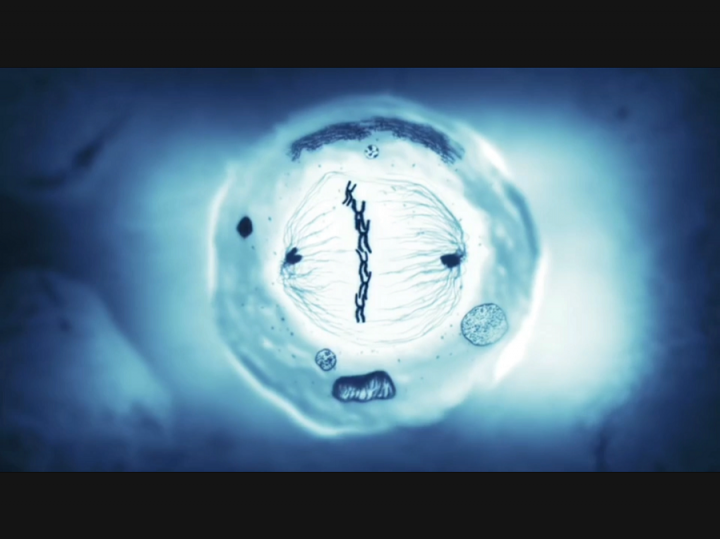Two-step process underpins upkeep of key protein in cell division
Scientists have shed light on a key aspect of healthy cell division, helping build a clearer picture of the complex mechanisms involved.

Detailed analysis of the behaviour of a critical protein, known as CENP-A, has revealed two complementary processes by which the protein can be replenished to enable cells to divide.
The findings underline the protein’s significance in fundamental cell division and segregation of chromosomes – packages of DNA.
Scientists sought to better understand how CENP-A can be incorporated into specific sections of chromosomes as they assemble within a dividing cell.
Previous studies had shown that CENP-A must be newly produced and deposited for each cell cycle. While several key factors are known that help target CENP-A to the right place in dividing cells, it was unclear how the protein is incorporated into the chromosome.
This latest study shows how the second step, stably integrating the protein at the correct position, involves a process known as transcription – which normally enables genes to produce their corresponding proteins.
They found that in dividing cells, transcription is repurposed to allow CENP-A to be stably incorporated at a region where pairs of chromosomes divide, called the centromere.
Transcription requires remodelling of the material that makes up chromosomes – known as chromatin. This is key for CENP-A to become stably attached to the centromere.
Both of these processes act in conjunction to replenish CENP-A. Targeting directs the protein to the right position, while remodelling opens up chromatin – essentially making space for CENP-A to move in, researchers say.
Their study, funded by Wellcome, was published in the Journal of Cell Biology.
“Understanding the loading of CENP-A in cell division has been a challenging problem for some time, with conflicting ideas about how dividing cells make room for this essential component. Although we cannot yet fully answer this question, our latest work provides strong evidence for complementary mechanisms involving transcription-induced remodelling to deposit CENP-A in dividing cells.”

